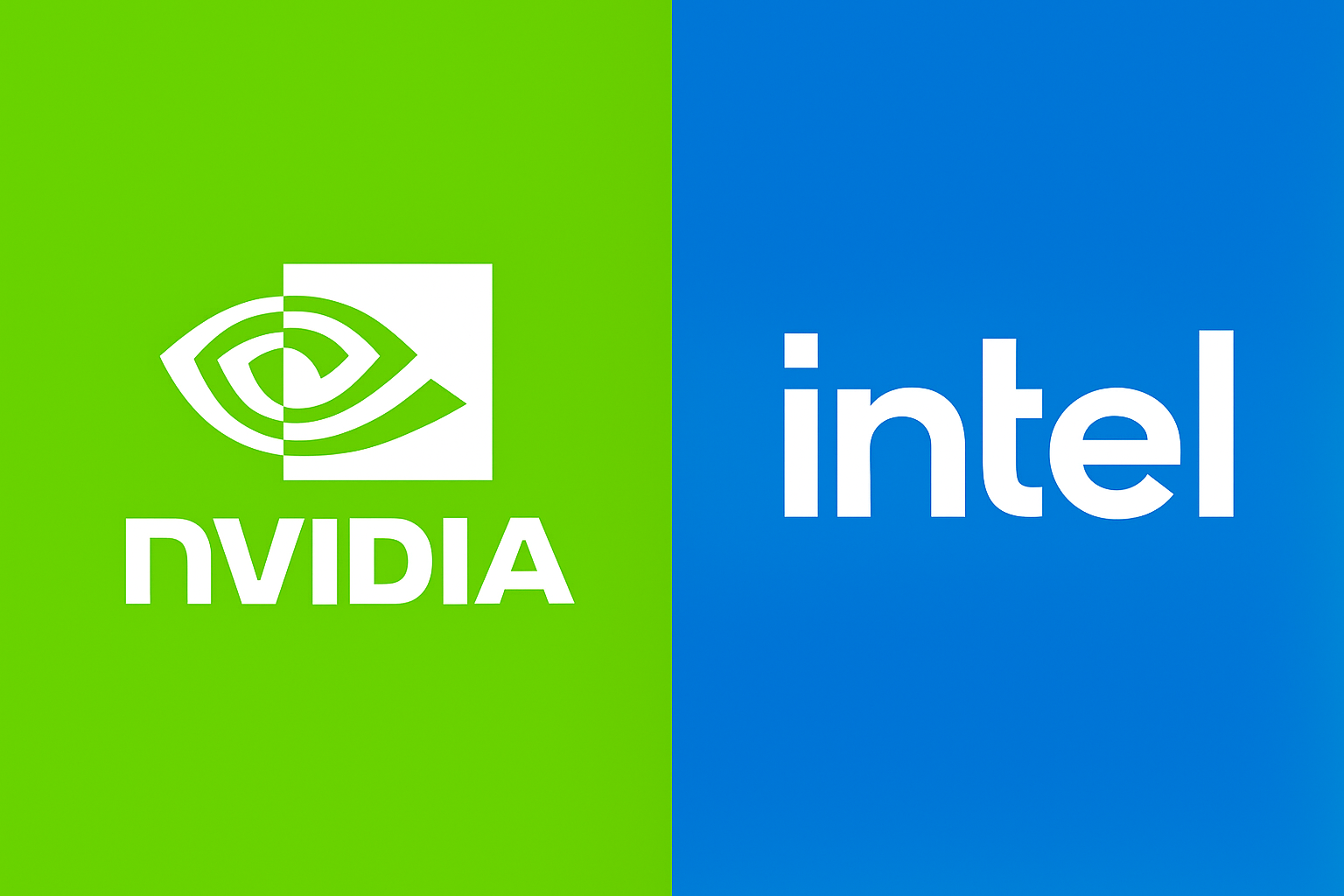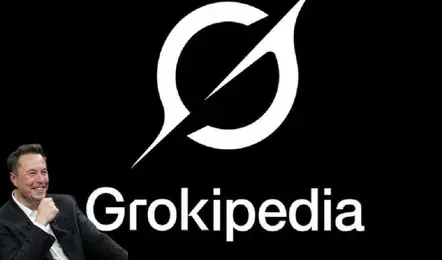Nvidia has agreed to invest $5 billion in Intel through a purchase of Intel common stock, marking one of the most significant collaborations in the semiconductor industry in recent years.
Under the deal, Nvidia will acquire Intel shares at $23.28 per share, giving Nvidia roughly 4 percent ownership of Intel once new shares are issued.
What the Partnership Looks Like
- Nvidia and Intel will jointly develop multiple generations of custom chips targeting both data centers and personal computers.
- Intel will design custom x86 CPUs for Nvidia’s AI infrastructure platforms.
- For PCs, Intel will also build system-on-chips that integrate Nvidia’s RTX GPU chiplets.
- A key technical component will be use of Nvidia’s NVLink interconnect to tie Intel and Nvidia hardware closely, boosting throughput and reducing latency in joint products.
Market Reaction & Strategic Implications
Intel’s stock jumped around 30 percent in pre-market trading following the announcement. Nvidia’s stock also rose, though more modestly.
This deal positions Intel to benefit from Nvidia’s dominance in AI infrastructure, and could shift dynamics among rivals like AMD and TSMC. Analysts see this as a potential threat to those currently manufacturing Nvidia’s flagship AI chips.
Also significant: this agreement does not involve Intel’s contract manufacturing or foundry business making chips for Nvidia. So while it strengthens collaboration on chip design and CPU/GPU integration, it stops short of a full foundry partnership.
Why It Matters
- For Intel, this is validation from one of the most influential players in AI hardware, and an important boost after years of trying to recover its leading edge.
- For Nvidia, it gives more control over CPU-GPU integration in its stack, which may enable tighter performance, lower latency, and more unified product offerings.
- The move could accelerate innovation in PC and data center chips, changing how AI systems are built. It may also shift some market share away from firms that depend on third-party foundries if Intel leverages this partnership well.
Unanswered Questions & Risks
- The timing for when joint products will hit the market is unclear.
- Regulatory approvals will be required, which could delay or alter the deal.
- Technical and operational execution risks: combining Intel’s CPU capabilities, Nvidia’s GPU architectures, and the high expectations for performance and reliability will be complex.
- Market reaction from rivals and supply chain partners: AMD, Broadcom, TSMC, and others will likely respond (some already have) given how this changes competitive dynamics.
Outlook
Nvidia’s investment and strategic partnership with Intel mark a turning point in how AI computing infrastructure might evolve. While product specifics and delivery timelines remain to be seen, the collaboration is likely to accelerate innovation in CPU-GPU cooperation, reshape partnership dynamics in the chip industry, and put Intel back in a stronger position.







